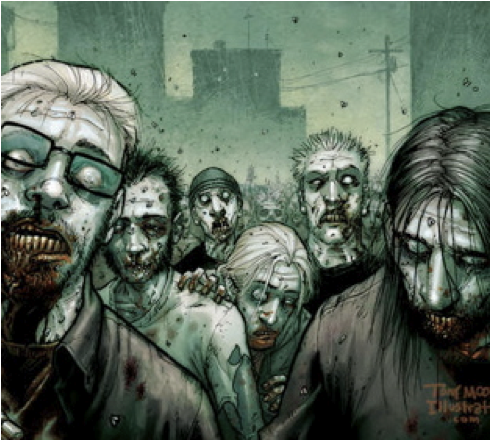 There continues to be widespread news reports, economic bulletins, and opinions from well-known government and banking officials that the banks are still holding years of “shadow inventory” — houses that have foreclosed (and lenders now own) that have NOT been released into the general market. Many real estate investors and large hedge funds have been anxiously waiting for this dam to burst and REOs to flood the tight market we currently find ourselves in. Well, let me tell you folks, it’s not going to happen.
There continues to be widespread news reports, economic bulletins, and opinions from well-known government and banking officials that the banks are still holding years of “shadow inventory” — houses that have foreclosed (and lenders now own) that have NOT been released into the general market. Many real estate investors and large hedge funds have been anxiously waiting for this dam to burst and REOs to flood the tight market we currently find ourselves in. Well, let me tell you folks, it’s not going to happen.
Why do I believe this? Several reasons, but here are 4 BIG ones you can take to the bank:
1) ”Zombie Houses” or “The Walking Dead” are what I like to call underwater houses in which the homeowner is current on payments, still has a job, and can afford the mortgage payments. They look “normal” on the outside, but the house is dead in the water when you look at the liens on title versus the current market value. Granted, the slowly rising real estate market this past year has awakened some of these Zombie House with some equity, but there are literally millions of houses across the country that are “trapped” in their current state — the homeowner can’t sell because the owe the bank more than the house is worth, they can’t refinance because they have no equity, and they don’t qualify for a short sale because they can effectively still afford their mortgage.
2) It takes most banks an average of 9 months to turnaround a foreclosed property and sell it as an REO. Yet, most banking and economic experts indicate that there is currently 7 times the amount of homes in shadow inventory as there are REOs currently for sale on the MLS. This means that the current pace in which banks are releasing REOs is successfully getting rid of their current inventory.
3) Banks have figured out that they can easily sell thousands of non-performing notes in bulk to hedge funds and large investors without all the headaches, time delays and expenses of selling via REOs. The hundreds of thousands of foreclosed homes that have yet to hit the market as an REO have already (or will be) packaged in bulk and sold out the side door to willing and ready institutional buyers. The volume of bank notes sold in bulk has gone up exponentially in the last year and will continue to be strong for several years to come.
4) The Homeowner Bill of Rights and other pro-homeowner, anti-foreclosure bills have both softened the banks stance or immediacy to initiate the foreclosure process and also encouraged underwater homeowners to stay in their houses longer hoping for a loan-mod or to wait out the foreclosure process as long as possible. You are going to see more and more homeowners who still haven’t received a Notice of Default from the bank after going more than a year without making a mortgage payment. But don’t think banks are getting the short end of the stick. In fact, it’s the banks that lobbied to get these reforms passed into law because it gives them yet another tool to control the pace of shadow inventory hitting their books.
So now what? Expect to see many more equity sellers coming off the fence and wanting to sell their homes before and during the Summer months this year. These homeowners have been watching the market steadily climb over the last year and have been waiting for the prime real estate season to sell. You’re also going to see a lot less big investor buyers (hedge funds, capital groups) competing for single-family homes as they are changing their strategy to buying the notes directly from the bank.
—Hope you enjoyed my rant. Want more info? Give me a call and I’ll be happy to discuss how this further affects your particular situation whether you’re a seller, buyer or real estate investor.







